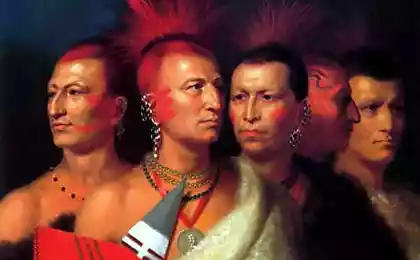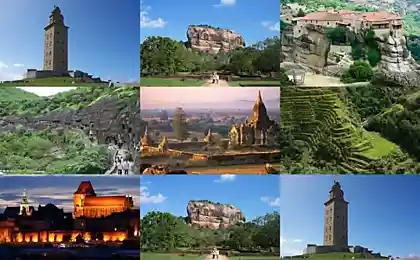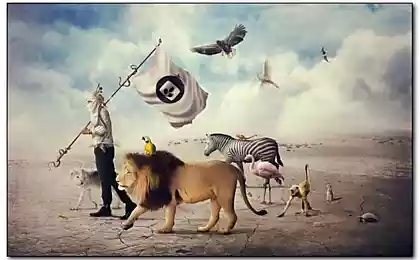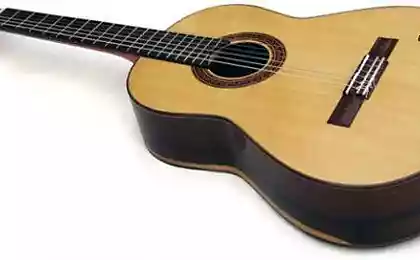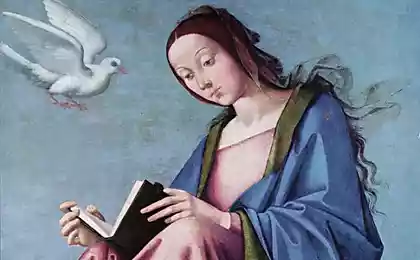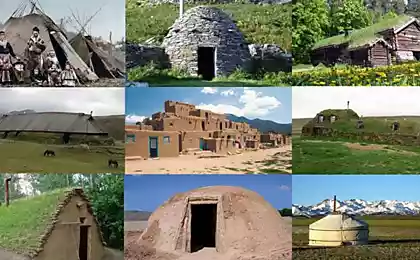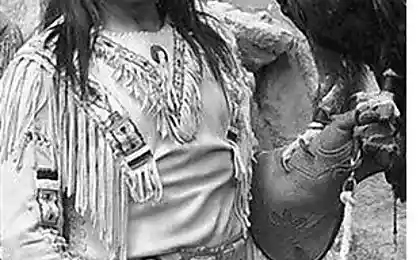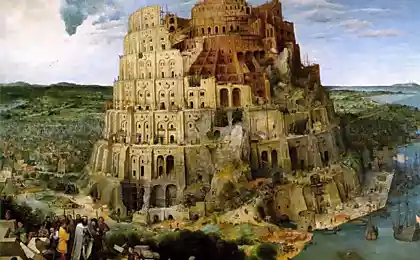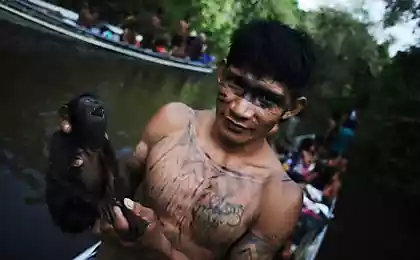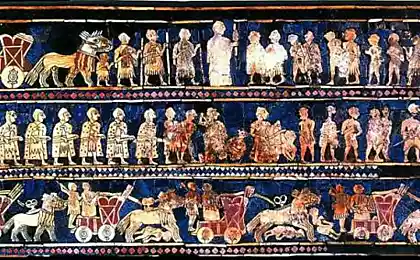1247
24 Amazing Photos Native American late 19th century
Film director Paul Ratner (Paul Ratner) the indigenous peoples of America, taking a historical adventure film "Moses at Mass." As a result, he has collected a fascinating photo archive, which includes not only black and white, but also rare, even for the beginning of the 20th century colorful retro photo.

Minnehaha (District of South Dakota). The picture of 1904, published by the Detroit Photographic.
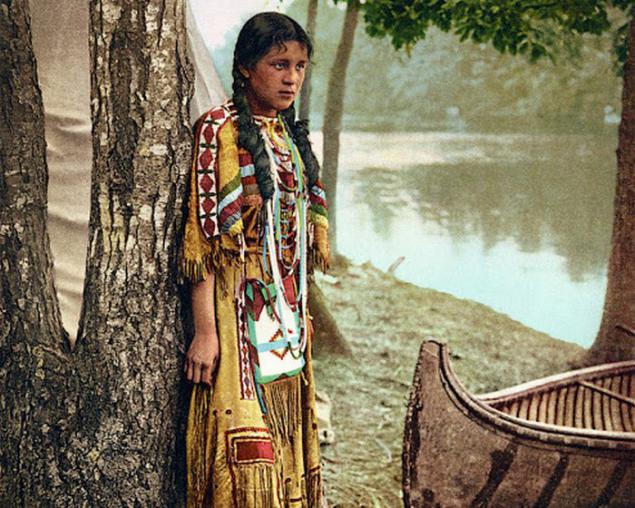
"I as a director drawn to images. Love for the film came from old black and white films such recognized masters of cinema, Bergman, Eisenstein, Bunuel, Lang, Dreyer, Ozu, and others. For a while in college, I even felt almost a traitor, when I watched the color film. But with age came the recognition of colors, and now I find it difficult to stick to a diet monochrome. Life is too resplendent for one pitch, "- wrote Paul Ratner
Amos Two bull Indian Lakota, 1900.
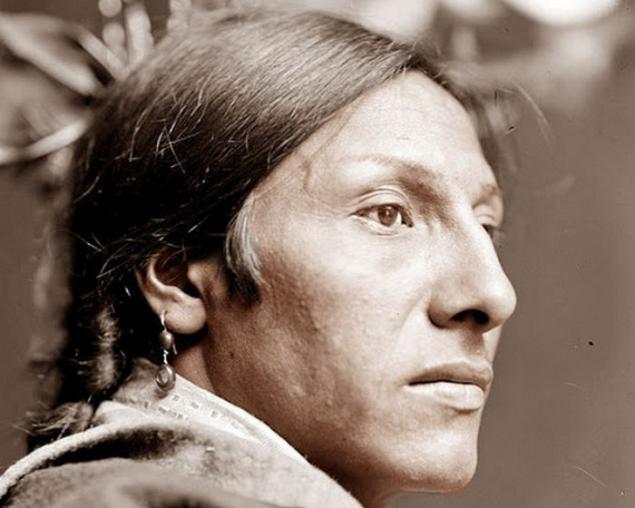
The witch doctor with a patient. Taos Pueblo, New Mexico, in 1905. B>
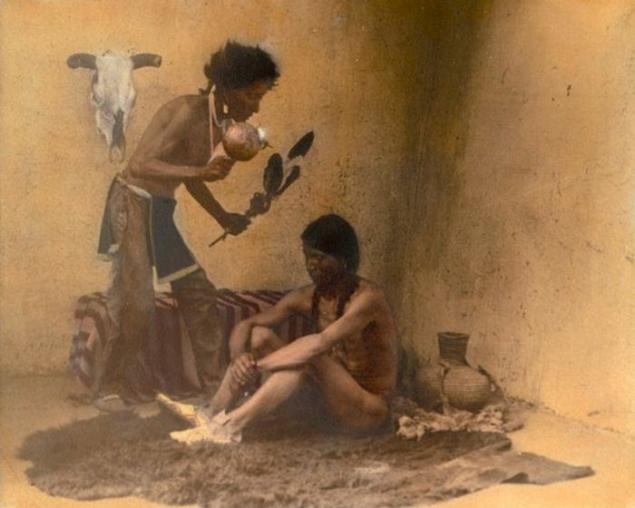
The leader of the tribe of Apaches Jicarilla Apache-James Garfield in 1899.
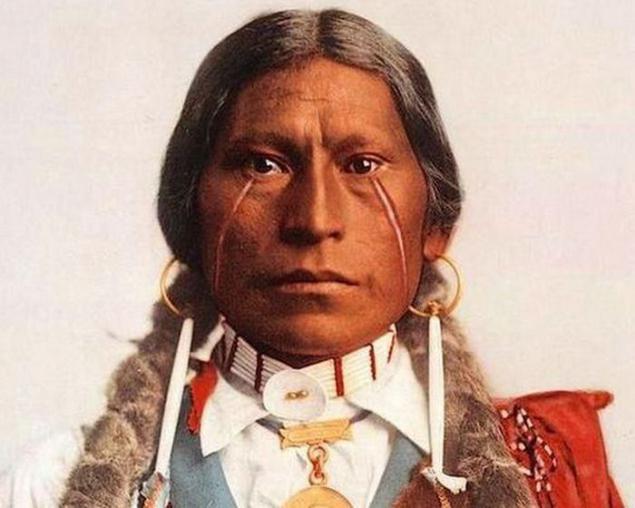
According to Ratner, a passion for the study of old photographs of indigenous peoples had developed while working on the film "Moses at Mass." This is the story of German-Jewish immigrants, who fell in love with a girl from a tribe of Indians Acoma and became the ruler of her people in New Mexico in the late 1800s.
A necklace of bones. Oglala Lakota tribal leader, in 1899. B>
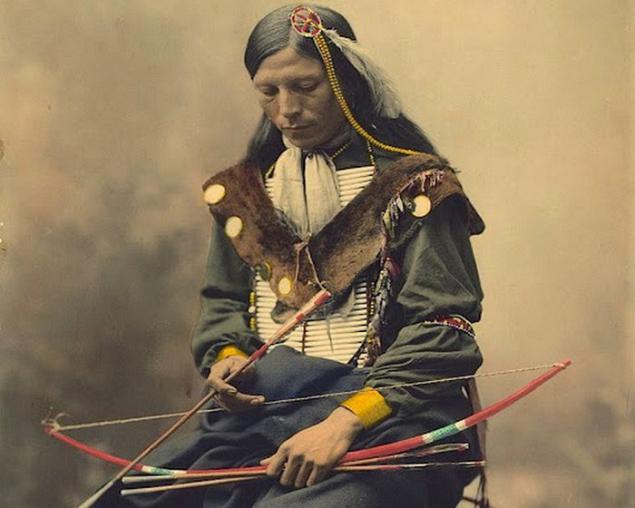
Charles American Horse (son of the tribal chief Oglala Lakota), 1901.
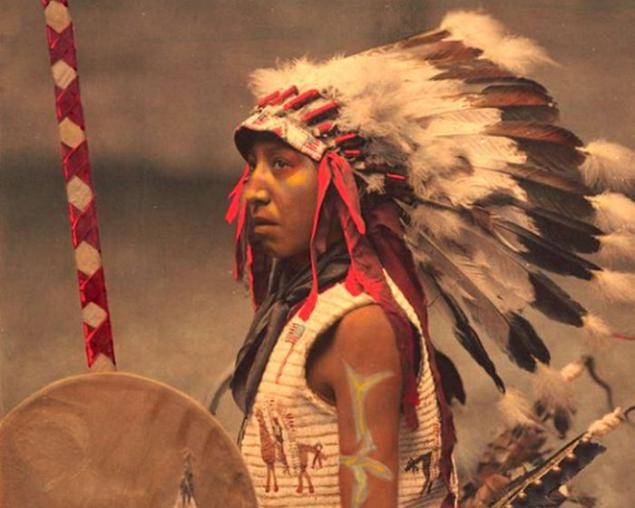
Settlement Acoma in New Mexico, the beginning of 1900.
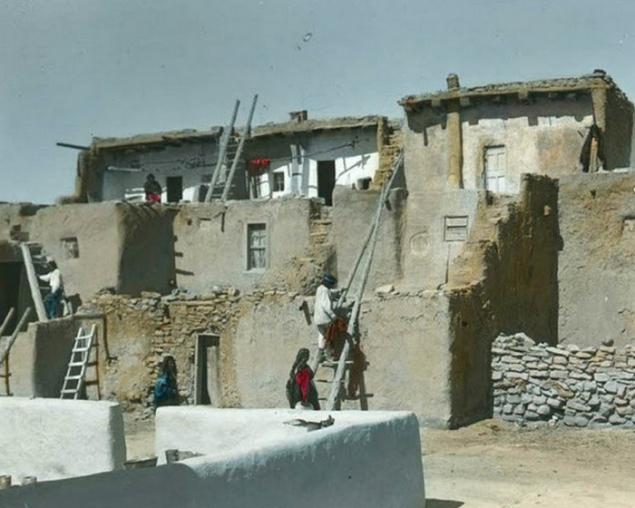
The leader of the Cheyenne Wolf cloak, 1898.
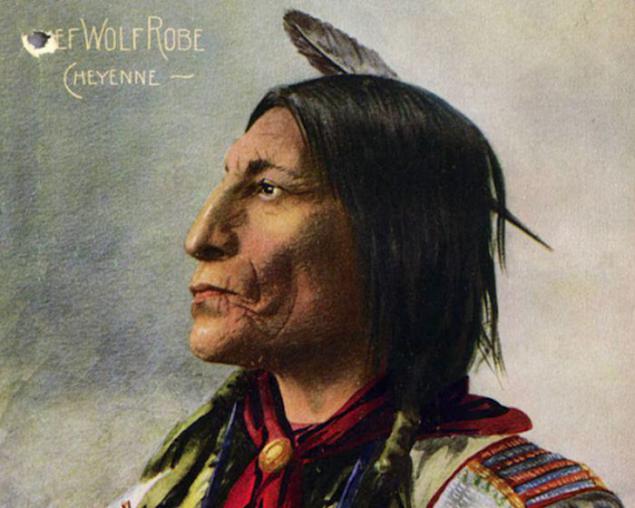
Native American tribe siksika Arrow Eagle, Montana, early 1900s.
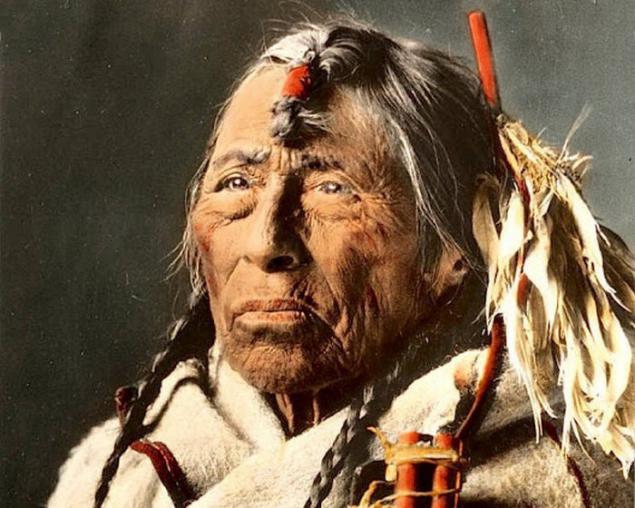
"I looked at the black-and-white photographs of beautiful mysterious people could not believe that someone wants to destroy them from the continent, leading a conscious policy for over a hundred years. It seemed so inhumane and barbaric. Delving deeper, I began to find the first pictures painted Americans. They came to life even more people. Looking at them, I see individuals with the royal dignity, which does not differ from the historical portraits of European kings, queens and nobles. Except for the fact that they do not only demonstrate the majestic regalia, but also a strong, natural person, not a weak, dry eyes some overseas rulers who led their deaths "- recalls the director.
Chief Little wound with his family. Oglala Lakota, 1899.

A strong left hand and his family, the Northern Cheyenne Reservation, 1906.
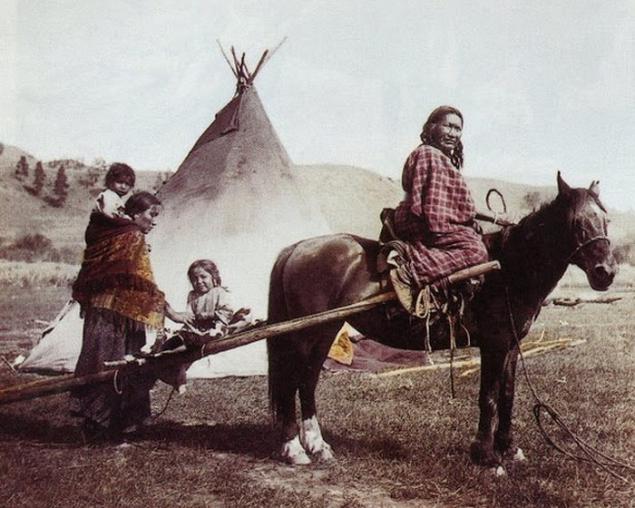
Dancer Crow Indian tribe, the beginning of the 1900s.
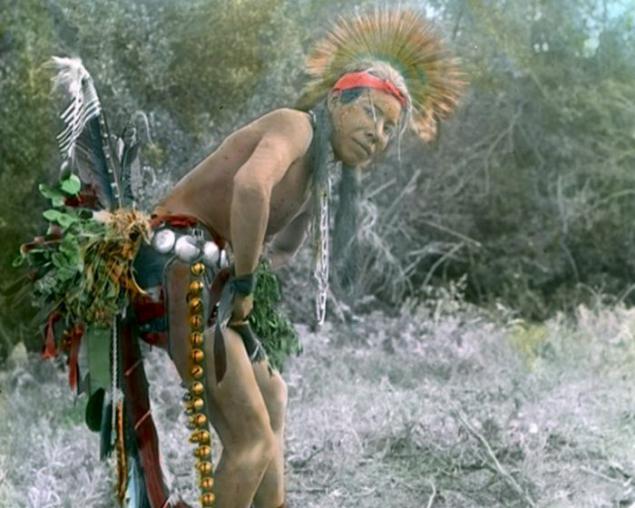
Tipi in Blackfoot camp, the beginning of 1900.
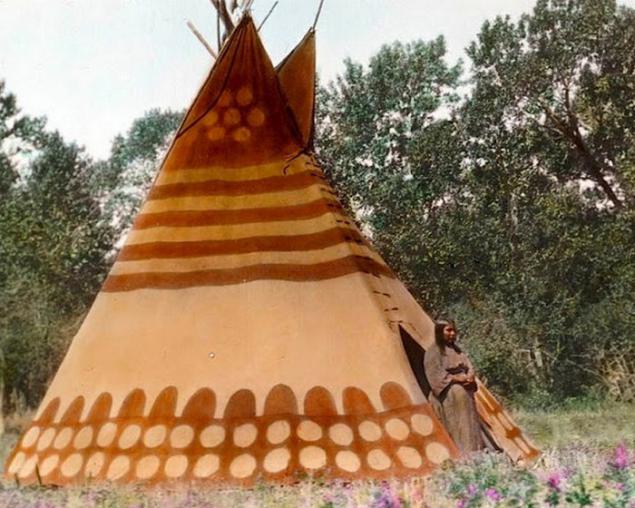
Five riders Indians in Montana, the beginning of 1900.
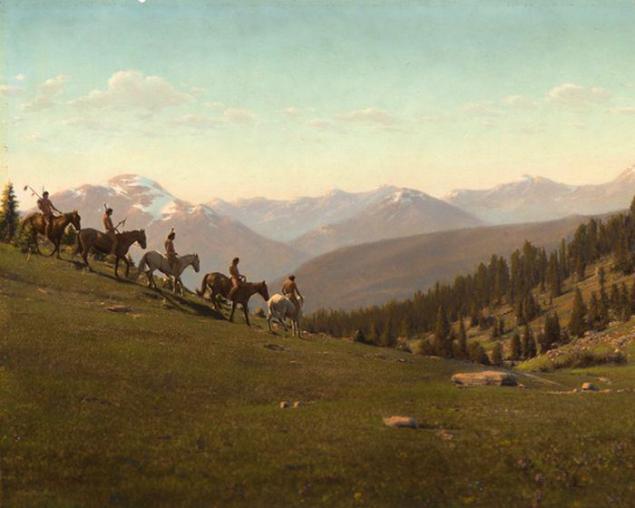
Old Coyote (or Yellow Dog), the Crow tribe. Original photos 1879, color touch-up in 1910.
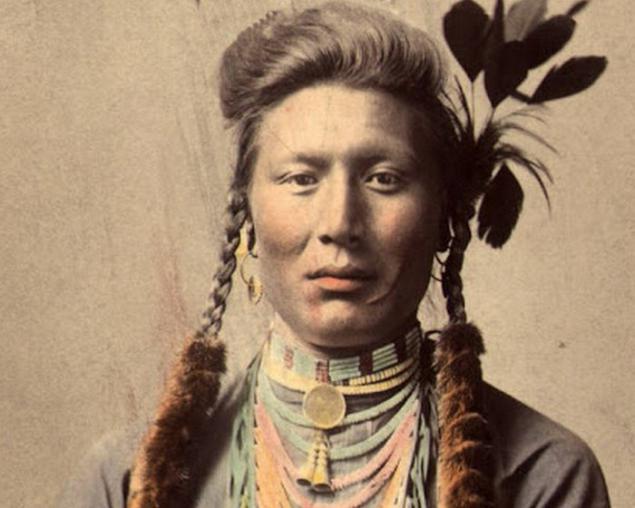
Men tribe piegan praying Thunderbird near the river in Montana in 1912.

Wizard for manufacturing arrows, tribe Ojibwe, 1903.
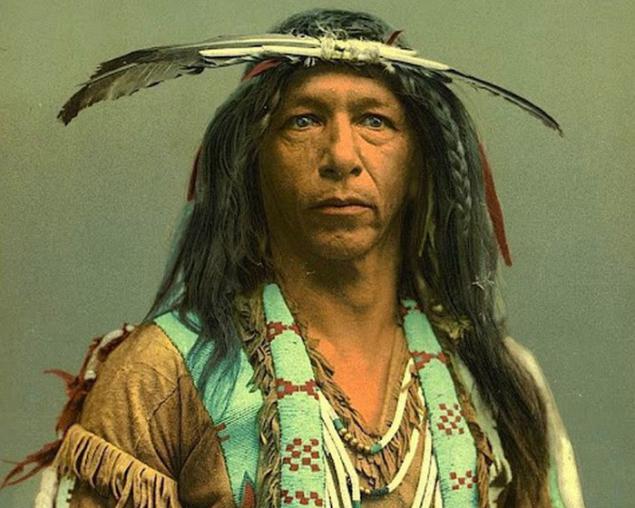
Most of the photos were discovered hand-painted, as color film remained experimental area before the 1930s. Painting on the black-and-white images is an art in itself. Many of the colored images show the talent of photographers who preserved for us the true image seemed endangered people.
Native American tribes of the northern plains of Montana, the beginning of 1900.
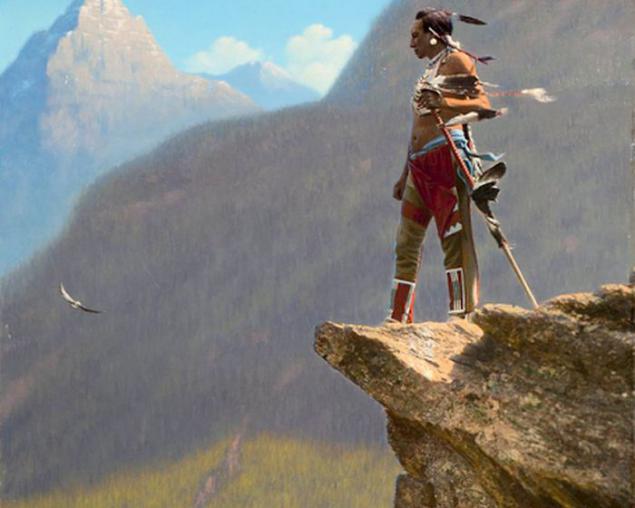
This song, an Indian tribe Pueblo, 1899.
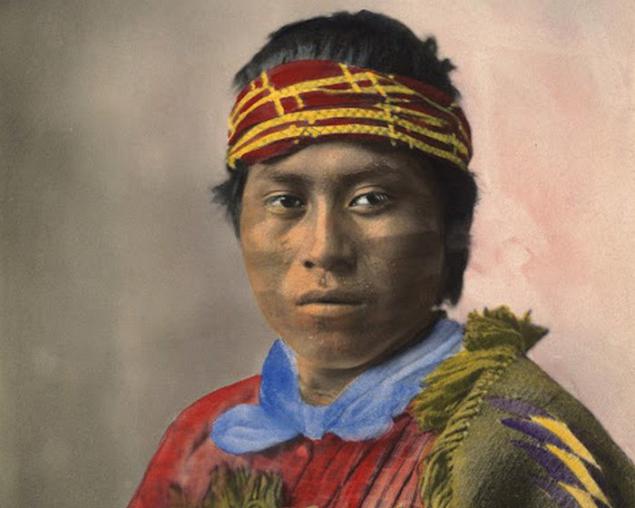
Geronimo, Apache Indian Tribe, 1898.
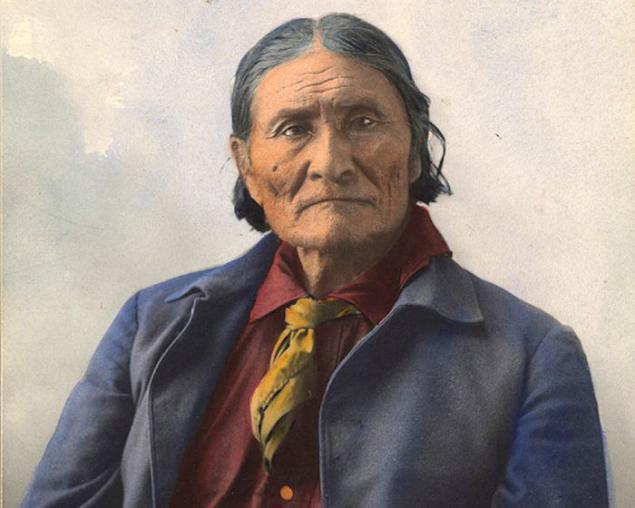
Grazing horse camp near Blackfoot, Montana, the beginning of 1900.
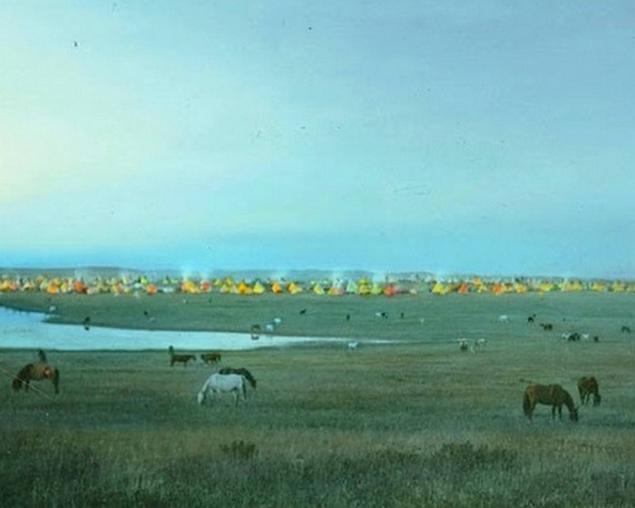
Of course, Native Americans have not disappeared, despite persistent efforts. They become even stronger, but their historic way of life in the long run can only be found in these photos.
Hand painted photo of a young Indian woman on the river bank, the beginning of 1900
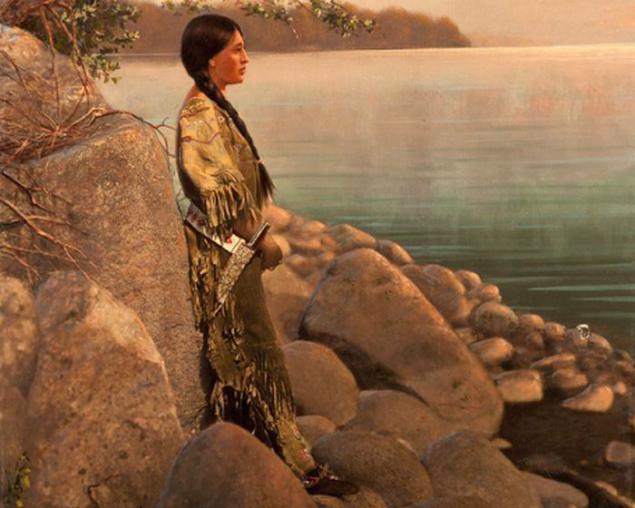
Photo Kiowa Indians, in 1898.
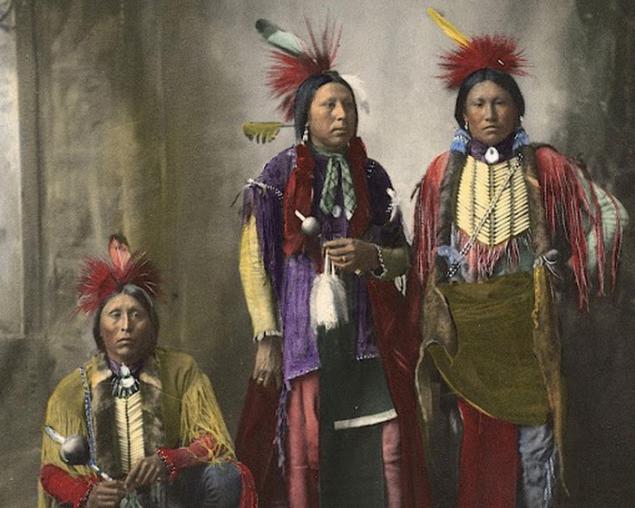
: Fishki.net

Minnehaha (District of South Dakota). The picture of 1904, published by the Detroit Photographic.

"I as a director drawn to images. Love for the film came from old black and white films such recognized masters of cinema, Bergman, Eisenstein, Bunuel, Lang, Dreyer, Ozu, and others. For a while in college, I even felt almost a traitor, when I watched the color film. But with age came the recognition of colors, and now I find it difficult to stick to a diet monochrome. Life is too resplendent for one pitch, "- wrote Paul Ratner
Amos Two bull Indian Lakota, 1900.

The witch doctor with a patient. Taos Pueblo, New Mexico, in 1905. B>

The leader of the tribe of Apaches Jicarilla Apache-James Garfield in 1899.

According to Ratner, a passion for the study of old photographs of indigenous peoples had developed while working on the film "Moses at Mass." This is the story of German-Jewish immigrants, who fell in love with a girl from a tribe of Indians Acoma and became the ruler of her people in New Mexico in the late 1800s.
A necklace of bones. Oglala Lakota tribal leader, in 1899. B>

Charles American Horse (son of the tribal chief Oglala Lakota), 1901.

Settlement Acoma in New Mexico, the beginning of 1900.

The leader of the Cheyenne Wolf cloak, 1898.

Native American tribe siksika Arrow Eagle, Montana, early 1900s.

"I looked at the black-and-white photographs of beautiful mysterious people could not believe that someone wants to destroy them from the continent, leading a conscious policy for over a hundred years. It seemed so inhumane and barbaric. Delving deeper, I began to find the first pictures painted Americans. They came to life even more people. Looking at them, I see individuals with the royal dignity, which does not differ from the historical portraits of European kings, queens and nobles. Except for the fact that they do not only demonstrate the majestic regalia, but also a strong, natural person, not a weak, dry eyes some overseas rulers who led their deaths "- recalls the director.
Chief Little wound with his family. Oglala Lakota, 1899.

A strong left hand and his family, the Northern Cheyenne Reservation, 1906.

Dancer Crow Indian tribe, the beginning of the 1900s.

Tipi in Blackfoot camp, the beginning of 1900.

Five riders Indians in Montana, the beginning of 1900.

Old Coyote (or Yellow Dog), the Crow tribe. Original photos 1879, color touch-up in 1910.

Men tribe piegan praying Thunderbird near the river in Montana in 1912.

Wizard for manufacturing arrows, tribe Ojibwe, 1903.

Most of the photos were discovered hand-painted, as color film remained experimental area before the 1930s. Painting on the black-and-white images is an art in itself. Many of the colored images show the talent of photographers who preserved for us the true image seemed endangered people.
Native American tribes of the northern plains of Montana, the beginning of 1900.

This song, an Indian tribe Pueblo, 1899.

Geronimo, Apache Indian Tribe, 1898.

Grazing horse camp near Blackfoot, Montana, the beginning of 1900.

Of course, Native Americans have not disappeared, despite persistent efforts. They become even stronger, but their historic way of life in the long run can only be found in these photos.
Hand painted photo of a young Indian woman on the river bank, the beginning of 1900

Photo Kiowa Indians, in 1898.

: Fishki.net
10 most bizarre and dangerous place, where in fact people live
10 mysteries of archeology that we may never reveal
